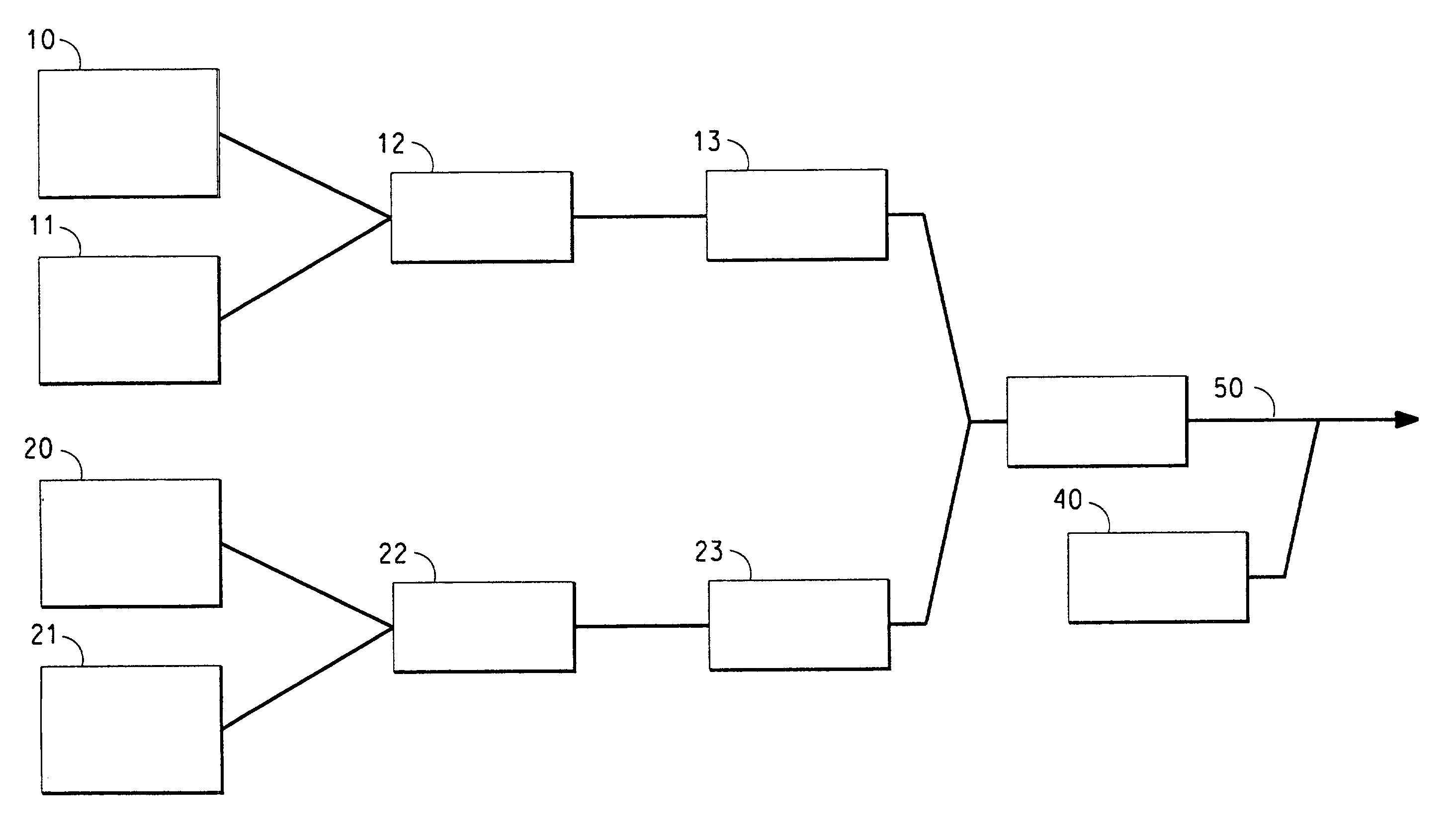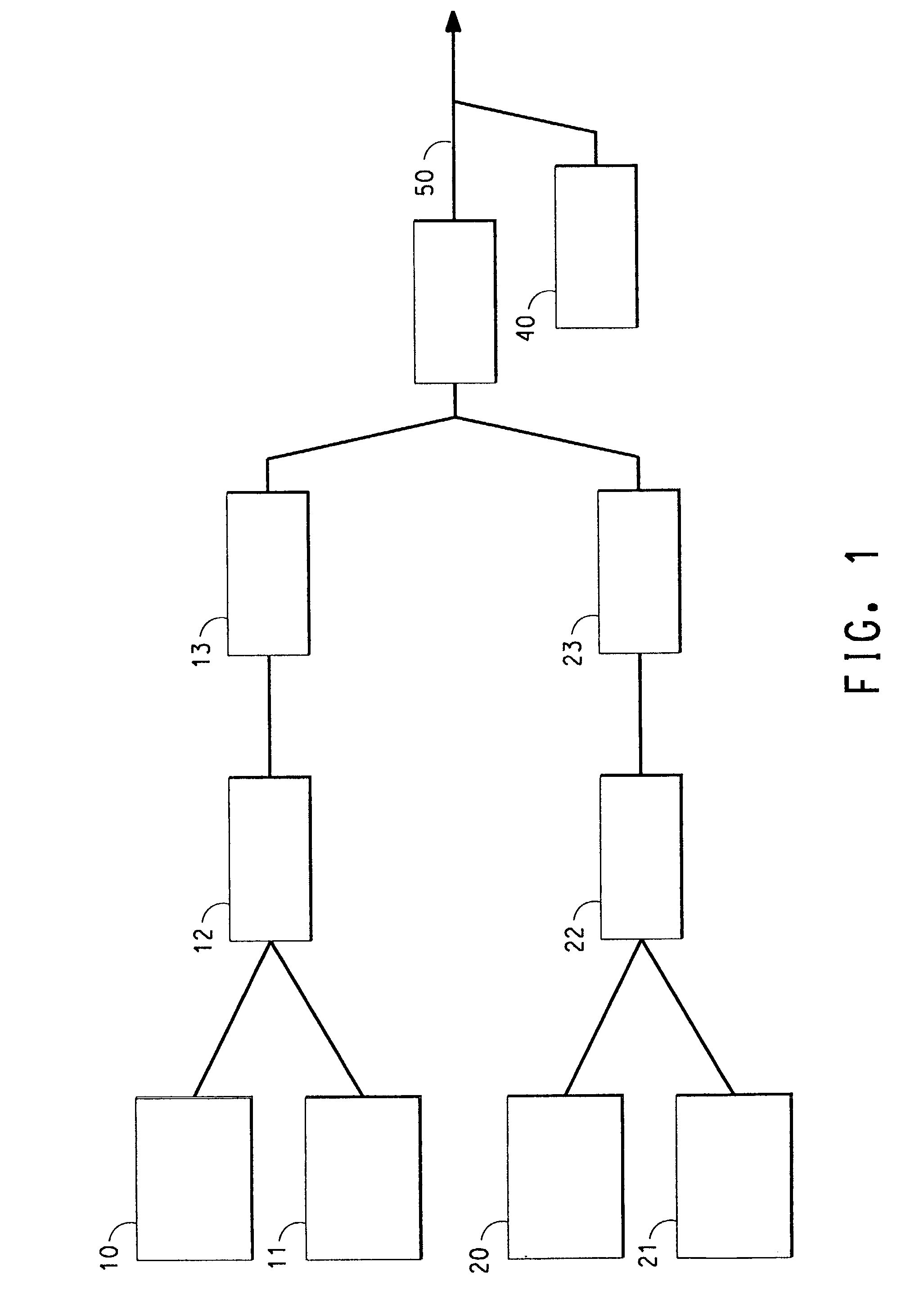Multilayer structure including an active electrochemical material and ionic polymer in a electrochemical cell
a multi-layer structure and electrochemical cell technology, applied in the direction of non-aqueous electrolyte cells, cell components, sustainable manufacturing/processing, etc., can solve the problems of difficult to process volatile liquids or thermally unstable materials, difficult to process volatile liquids, and high drying rates, so as to minimize the exposure of components
- Summary
- Abstract
- Description
- Claims
- Application Information
AI Technical Summary
Benefits of technology
Problems solved by technology
Method used
Image
Examples
example 1
[0091]This example illustrates the improved electrical conductivity of layers in which the components are combined to form a macroscopically homogeneous mass prior to fusing.
[0092]A cathode layer was made with the composition given in Table 1 below:
[0093]
TABLE 1COMPOSITIONCathode% by weightpVDF-HFP9.6LiCoO262.7carbon black 26.3EC10.7PC10.7
[0094]The lithium cobalt oxide was added to a 5 gallon (19 liter) container. One-third of the EC / PC liquid was sprayed into the container with the LiCoO2 and tumbled for 5 minutes using a Morse Drum Tumbler, Model 2-305-A, made by Morse, East Syracuse, N.Y. A second third of the EC / PC liquid was added and tumbled for another 5 minutes. The final third of the EC / PC liquid was added and tumbled for 5 minutes. Finally the pVDF-HFP and carbon black were added to the container and tumbled for 5 minutes. At the end of this time, the mixture had the appearance of black talc.
[0095]The blend was added to the hopper of a single screw extruder with a twin scr...
example 2
[0101]This example illustrates the formation of a multilayer structure by multilayer extrusion coating with a multislot die. The structure will have a separator layer on an anode layer on a copper foil current collector.
[0102]The layers will have the compositions listed in Table 3 below:
[0103]
TABLE 3COMPOSITIONSAnode% by weightpVDF-HFP7.0EC / PC (1:1)25.0graphite65.0carbon black 23.0Separator% by weightpVDF-HFP33.0EC / PC (1:1)45.0silica22.0
[0104]The macroscopically homogeneous anode mixture will be prepared in a manner similar to the cathode in Example 1, resulting in a mass made up of sand-like particulate solids. The macroscopically homogeneous separator mixture will be similarly treated, resulting in a mass made up of sand-like particulate solids.
[0105]The anode mixture will be extruded using conditions similar to those described in Example 1. The separator mixture will be extruded using conditions similar to those described in Example 1. In the extruders, the components will be fus...
example 4
[0106]This example illustrates the formation of a multilayer structure by multilayer co-extrusion coating with a multi-manifold single-slot die. The structure will have a separator layer on an anode layer on a copper foil current collector.
[0107]The layers will have the same compositions as in Example 2. The components for each layer will be mixed and introduced into separate extruders as described in Example 2. The extrusion conditions will be the same as in Example 2. The extrudates will be fed into a multi-manifold, single-slot die, such as that which is available from Cloeren Inc., Orange, Tex. The anode and separator materials will be extruded through the die onto a casting roll and laminated to copper foil as described in Example 2. The resulting multilayer structure will have an anode layer with a thickness in the range of 100–200 microns and a separator layer with a thickness in the range of 30–60 microns.
PUM
| Property | Measurement | Unit |
|---|---|---|
| thickness | aaaaa | aaaaa |
| temperature | aaaaa | aaaaa |
| temperature | aaaaa | aaaaa |
Abstract
Description
Claims
Application Information
 Login to View More
Login to View More - R&D
- Intellectual Property
- Life Sciences
- Materials
- Tech Scout
- Unparalleled Data Quality
- Higher Quality Content
- 60% Fewer Hallucinations
Browse by: Latest US Patents, China's latest patents, Technical Efficacy Thesaurus, Application Domain, Technology Topic, Popular Technical Reports.
© 2025 PatSnap. All rights reserved.Legal|Privacy policy|Modern Slavery Act Transparency Statement|Sitemap|About US| Contact US: help@patsnap.com


